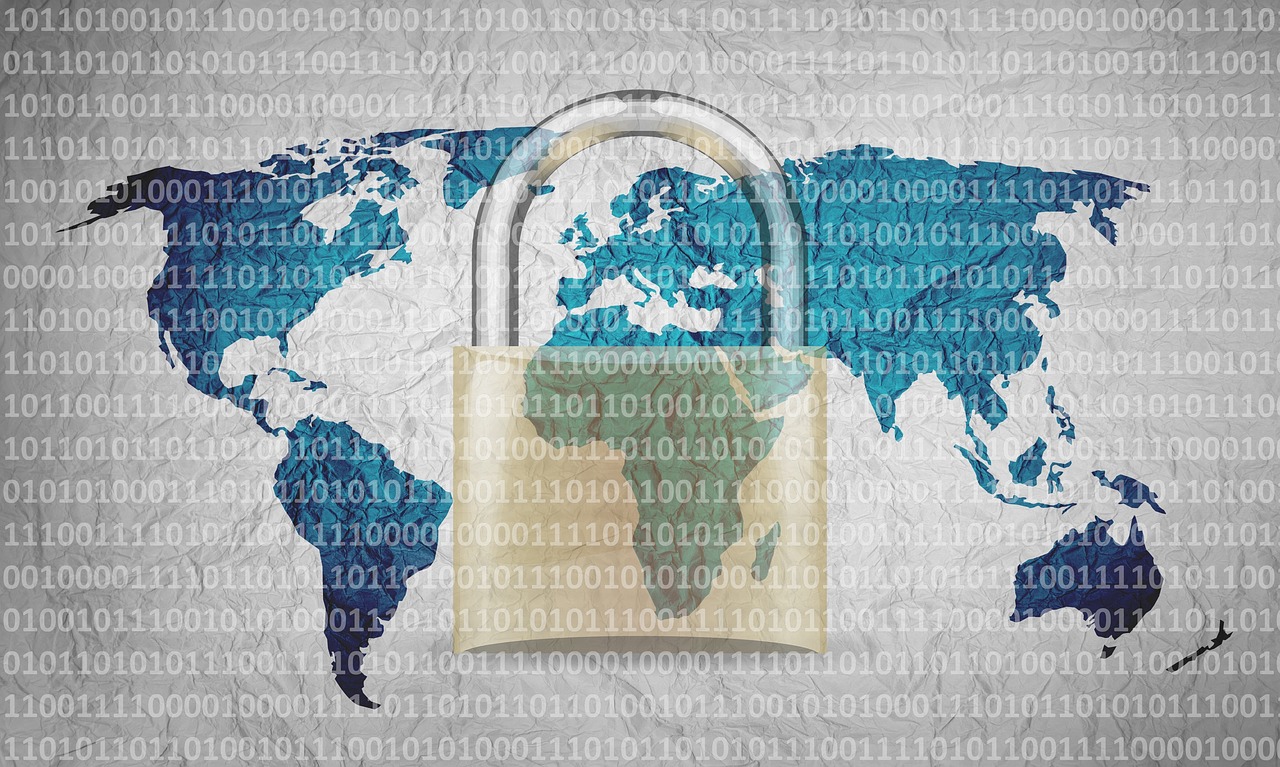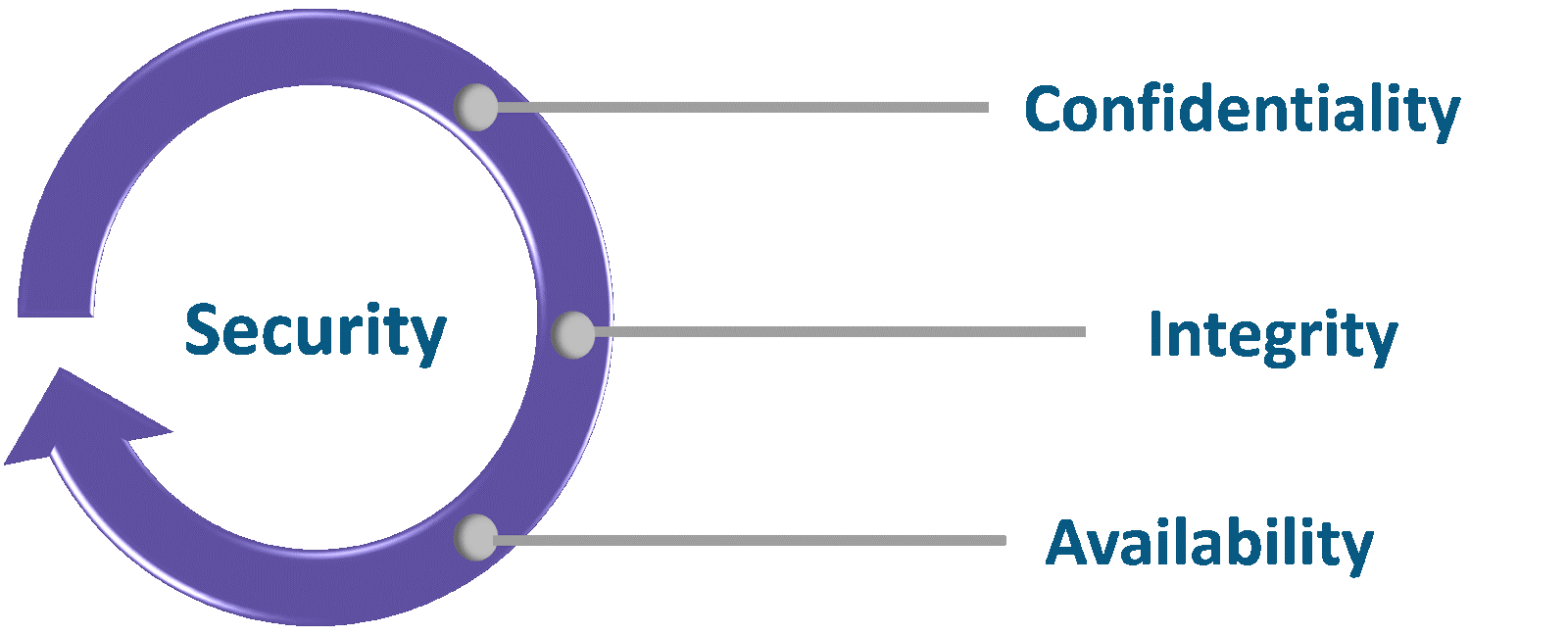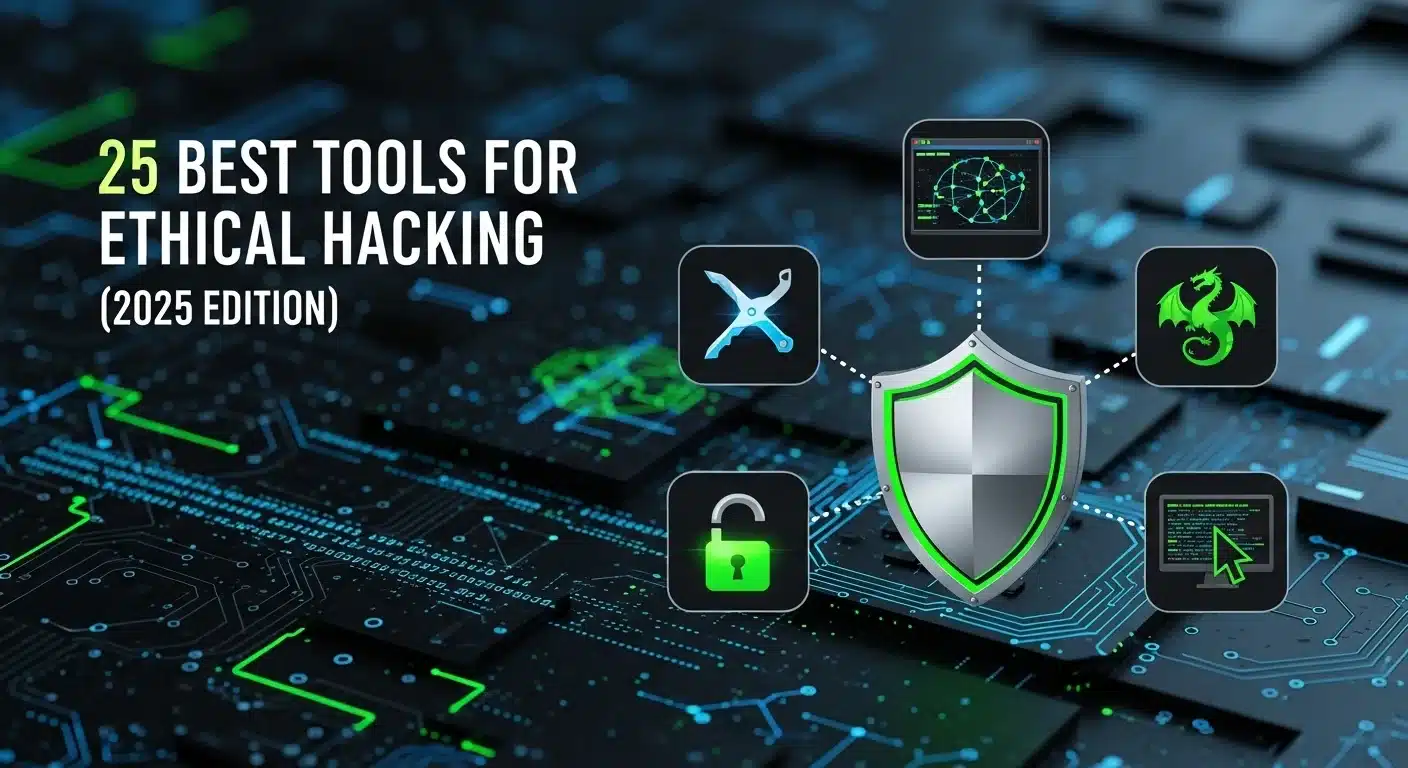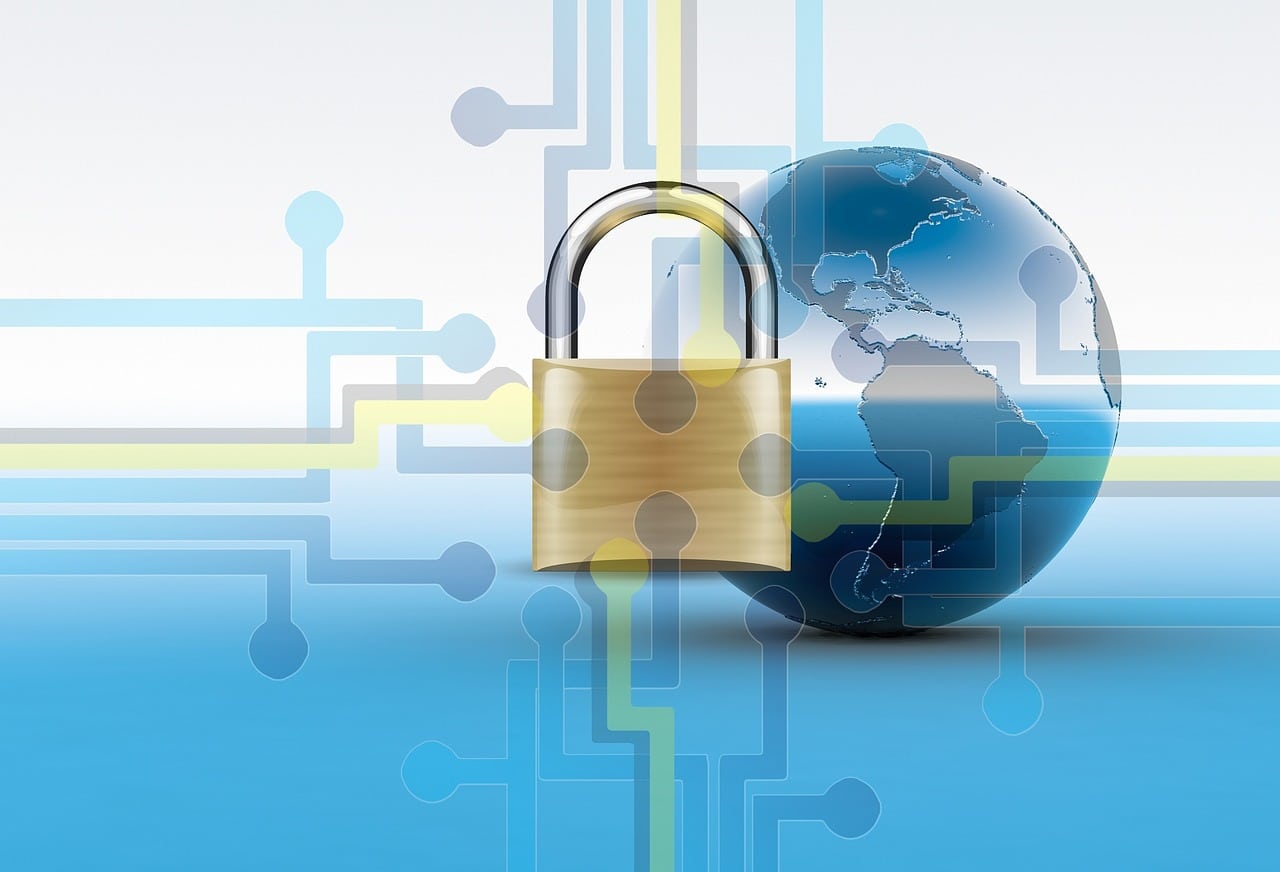In the world of digitization and all things online, there also exist threats and malware. While we can't always save ourselves from these issues, we can always try to prevent them. This is where whitelisting chimes in. Once implemented, it helps to keep several cybersecurity issues away. So, what is whitelisting? Let us have a thorough understanding of whitelisting in this blog.
Whitelisting Explained
- What is Whitelisting
- What is Blacklisting
- How to Implement Whitelists?
- Advantages of Whitelisting
- Cons of Whitelisting
- Blacklisting Vs Whitelisting
- Best Whitelisting Practices To Follow
What is Whitelisting?
Whitelisting is basically the art of identifying genuine people who can be given access to an important document. So, in order to operate or take an action on your system, you would need to have access and permission from the authority.
Whitelisting is a concept used in cybersecurity to explain the method of recognizing and allowing secure information. By default, all the other information is barred from entering the network, and only particular applications that have been pre-approved are allowed.
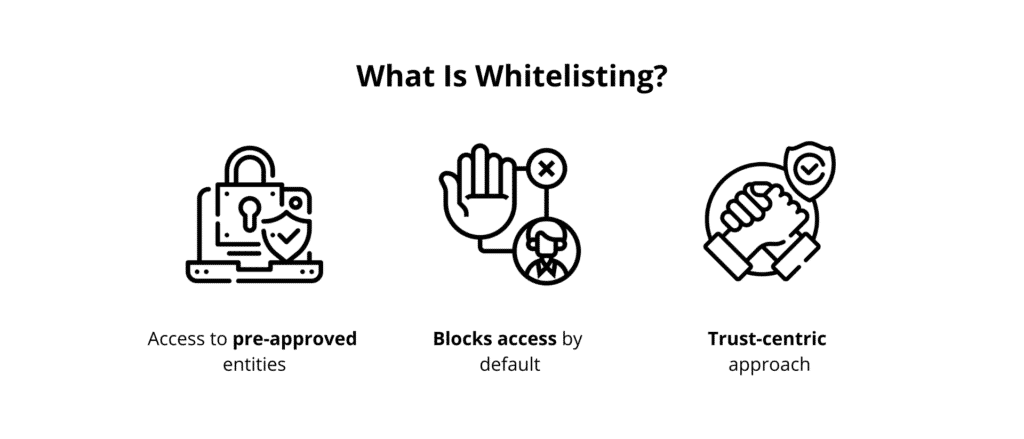
Gmail users, for instance, can whitelist the emails they want to receive to eliminate getting junk mail. A whitelist is a list of elements that are permitted to enter.
Advantages of Whitelisting
There are many benefits of using the whitelisting approach. Let us find out what these benefits are:
Improved Cybersecurity
When viruses grow quickly, they obstruct apps by making it hard for other apps to trace them. Because blacklisting each malware can take time, it makes it simpler for new viruses to infiltrate the network.
Various devices on a company's vulnerable network can sometimes lead to unintentional internal intrusions. In these situations, whitelisting is used. A whitelist is an excellent way to protect data by bolstering defenses and reducing the number of cyberattacks.
Integration With Various Software
Diversifying is crucial when it comes to strengthening your cybersecurity practices. This requires a comprehensive anti-ransomware, anti-malware, and antivirus software set, as well as regular penetration testing. This is when whitelisting comes into the picture. It works well with antivirus blacklisting software and adds another layer to your cyber armory.
Preventing Threats
Whitelisting allows execution to only preapproved apps, IP addresses, and emails. This implies that all the external software, harmful or not, will not be run. This helps filter out the threats and malware and protects the sensitive data.
Incident Response
Whitelisting can also assist prevent malware from spreading around too much. When harmful files are discovered on a server, application whitelisting techniques can be used to see if the same files are present on other servers. This way, one can analyze if those files have been infiltrated.
Cons of Whitelisting
Whitelisting has its advantages, but it also has its drawbacks. Creating a whitelist may appear simple, but a single wrong step can lead to a backlog of support staff requests for the administrator. Various crucial processes would be halted if essential programmes could not be accessed. Moreover, deciding which programmes must be permitted to run is a time-consuming task in and of itself.
As a consequence, administrators may implement unnecessarily broad whitelisting policies in some circumstances. This mistaken belief might jeopardize the entire business. Another downside is that, while blacklisting can be automated to some degree with an antivirus program, whitelisting requires human participation to function properly.
What is Blacklisting?
So, now that you have understood what is whitelisting, let's go ahead and understand what blacklisting is.
Blacklisting prevents particular persons, websites, or programmes from accessing a computer system or network. To put it another way, it's the process of preventing unwanted entry into a system.
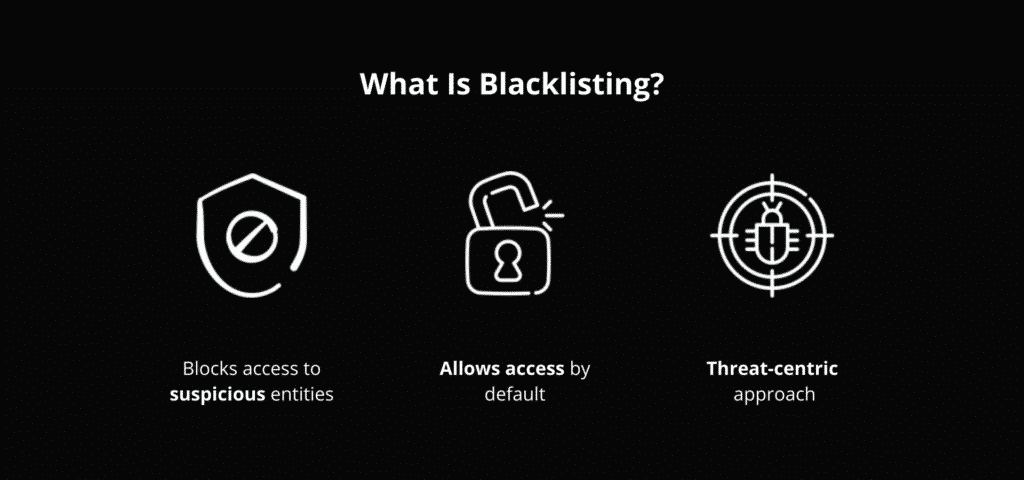
Blacklists are built by analyzing data flow and recognizing fraudulent or unauthorized links. They can be generated manually or automatically. Blacklisting is a popular method for removing undesired content from social media and websites as well.
How to Implement Whitelists?
Now that we have a clear idea of what whitelist and blacklist are, let us go ahead and see what the types of whitelists are and how you can implement them.
IP Whitelist
IP Whitelisting, as the name suggests, happens when only individuals with preapproved IP addresses can access your network. Whitelisting lowers the chances of getting attacked with a virus or malware by a significant number. It also makes sharing of files with sensitive information within the organization safer.
How To Implement IP Whitelists
- Ensure that the IP addresses are static before going ahead with the whitelist implementation
- Make use of a .htaccess file to have the utmost whitelist control
Email Whitelist
Email whitelist ideally entails adding email addresses to the approved list of senders. To sum up, it is just a list of contacts you trust. Emails in the whitelist will never end up in the spam folder and it will also ensure that one does not end up receiving a virus in the form of an attachment or link.
How To Implement Email Whitelists
Narrow down a list of email addresses that are safe to access the network
Create a list of the approved email addresses and add it to your contact list.
Keep the email whitelists updated for minimized threats
Application Whitelist
Application whitelisting is the practice of creating a list of software applications that are approved to run on your organization's systems. This helps ensures that malicious applications do not cause any harm to the network. Once you put your applications in the whitelist, you can rest assured that all the applications or software are safe and secure to use.
How To Implement Application Whitelists
According to NIST, there are 5 types of application whitelisting:
- file size
- file-path
- file name
- hash
- digital signature
The process for implementing application whitelisting includes:
- Initiating the solution
- Designing the solution
- Implementing and testing a prototype
- Deploying the solution
- Managing the solution
If you simply offer the admin approval authority for any form of whitelisting, you can speed up the approval process. Nonetheless, in terms of time and productivity, granting additional approval to a certain number of end-users could be a sensible move.
To conclude, the decision to employ whitelists in your organization is yours to make—and it is based on the objectives and requirements of your company. Whitelisting techniques are not all the same. Some could require operation training, while others will require more supervision from dedicated personnel. Whitelists, however, reduce the risk of cybersecurity threats and the associated reputational and financial damages that may come with it.
Blacklisting Vs Whitelisting
| Blacklisting | Whitelisting |
|---|---|
| It is used to block unwanted entries | It is used to give access to preapproved apps, emails, etc |
| It involves creating a list of all the files that might pose a threat to the network | It involves creating a list of all the applications, emails, and IP addresses that can have access to the network |
| Threat-centric method | Trust-centric method |
| Easy implementation & maintenance | Complex implementation & maintainence |
| Poses a risk of allowing malicious traffic | Poses a risk of blocking access to important traffic |
| Eliminates admin efforts | Provides maximum security |
| Old approach | New approach |
Best Whitelisting Practices To Follow
We have gotten a fair idea of what is whitelisting and also understood how it is different from blacklisting. Let us summarize the best whitelisting practices you need to follow and implement today!
- A company-wide whitelisting policy should be a must.
- Determine which programs and apps are required to keep your company running. This will aid you in determining which apps you need to approve.
- Whitelisting must be implemented in stages in order to avoid disrupting business operations in the event that something goes haywire.
- Take time to make an authentic whitelist so that neither unwanted traffic gets entry nor a wanted one gets blocked.
- To improve the security of the firm, administrators should identify vital business apps that fall into on-site and cloud apps and whitelist them.
- Always check the software's publisher before installing it on your system.
- Whitelists must be updated regularly to allow relevant sources to interact.
In A Nutshell
Whitelisting is an extremely advantageous and practical method of cyber security for the vast majority of organisations; it strengthens security, minimizes cyber threats, and even boosts revenues. So, has your organization implemented it yet? If not, what are you waiting for?
Enroll yourself in Post Graduate Programme in Cybersecurity to have a full-proof career in the field.
Frequently Asked Questions
Whitelisting and blacklisting are both effective cybersecurity practices. The former is stricter and safer. It is, however, more difficult to implement and maintain. The latter is more flexible and is simpler to manage, but it is also less secure. Your requirements will determine which one would be effective for you.
Antivirus software and other conventional malware detection security protocols may not be as efficient as application whitelisting solutions in blocking unexpected malware.
Whitelisting isn't a bad measure in and of itself. It is not, however, impenetrable. While it is a great safety mechanism, it might give the illusion of safety sometimes. Even the most secure systems are constantly being breached by cybercriminals. So, although it's an added layer of security, but it also comes with its own perks and cons.
